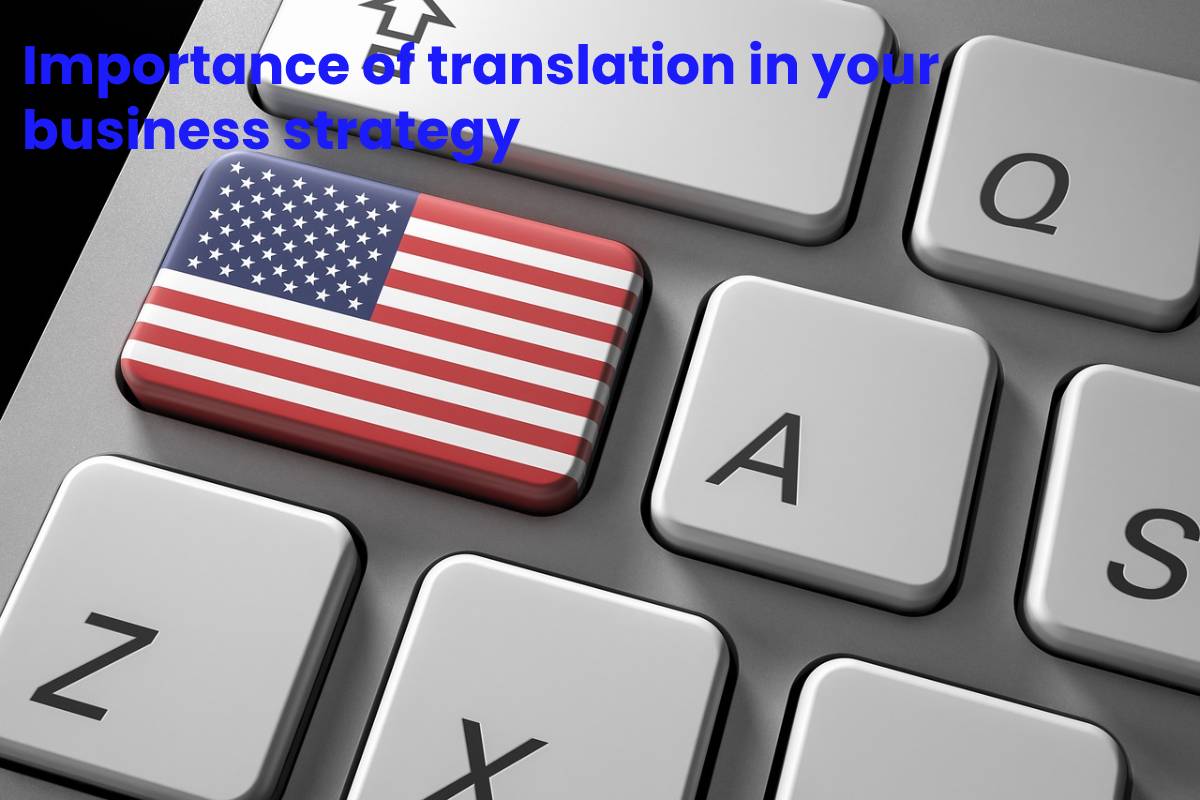Table of Contents
Translate Your Content -business strategy
business strategy – Global companies need to recognize the significance and impact of translating their content and products into other languages.
Suppose your website, product information, or business content is in one language. In that case, there are billions of people worldwide who cannot read your content or understand your product or service.
Not even if that language is English, as only one in seven people on the planet speaks English as their primary language, which means there are six billion people worldwide who don’t.
If you aspire to sell in other countries or globally, you must communicate effectively with your new potential customers. Penetrating new markets and achieving global growth requires an effective translation strategy and adequate execution to gain market share and establish itself internationally.
Translation in your business strategy
Content in its different formats (commercial message, labeling, product description, website, user manuals, etc.) is the brands’ soul. And that content works best when tailored to each local market, allowing you to reach a global audience where you can speak to your customers in their languages.
With clients increasingly interested in personalized user experience, prioritizing translation in your business strategy will help you build trust and connect with your clients in a more profound and personal way.
The better you know your customers and personalize your messages, the easier it will be to establish a business relationship with them.
So, answering our initial question about where translation fits into your business strategy, translation is the process to communicate with your clients in an international setting and, without a doubt, the basis for achieving sales in other markets.
Integrate translation into your strategy
However, as you incorporate translation into your business strategy, you will understand that it is not easy. There are more and more types and formats of content. New digital content types require continuous updates, and the channels to deliver that range gets reinvented every day. With the delivery speed -of products and contents- as a new critical factor in capturing and satisfying demand.
So if you want to continually communicate your brand and value proposition to your clients in different markets in a way that is familiar and local to them, you should aim at defining your translation priorities, investing in the right processes for a translation efficiently, investigate ways to automate those efforts and build the right team. That is, have a plan, a strategy.
Translation priorities
While entering new markets or launching new campaigns worldwide, keep in mind no single translation model. Different markets will vary in size, potential, and culture, so not all languages get treated the same. Setting a smart translation strategy involves making intelligent decisions about what to translate and when.
Be selective about which content is most strategic, as it can be impractical to translate all your resources. And take into account all the types of content to implement in each commercial campaign.



